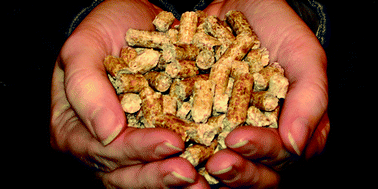Tape-stripping as a method for measuring dermal exposure to resin acids during wood pellet production
Abstract
The purpose of this study was to develop a sensitive and specific method for quantifying dermal exposure to the resin acids 7-oxodehydroabietic acid (7-OXO),


 Please wait while we load your content...
Please wait while we load your content...